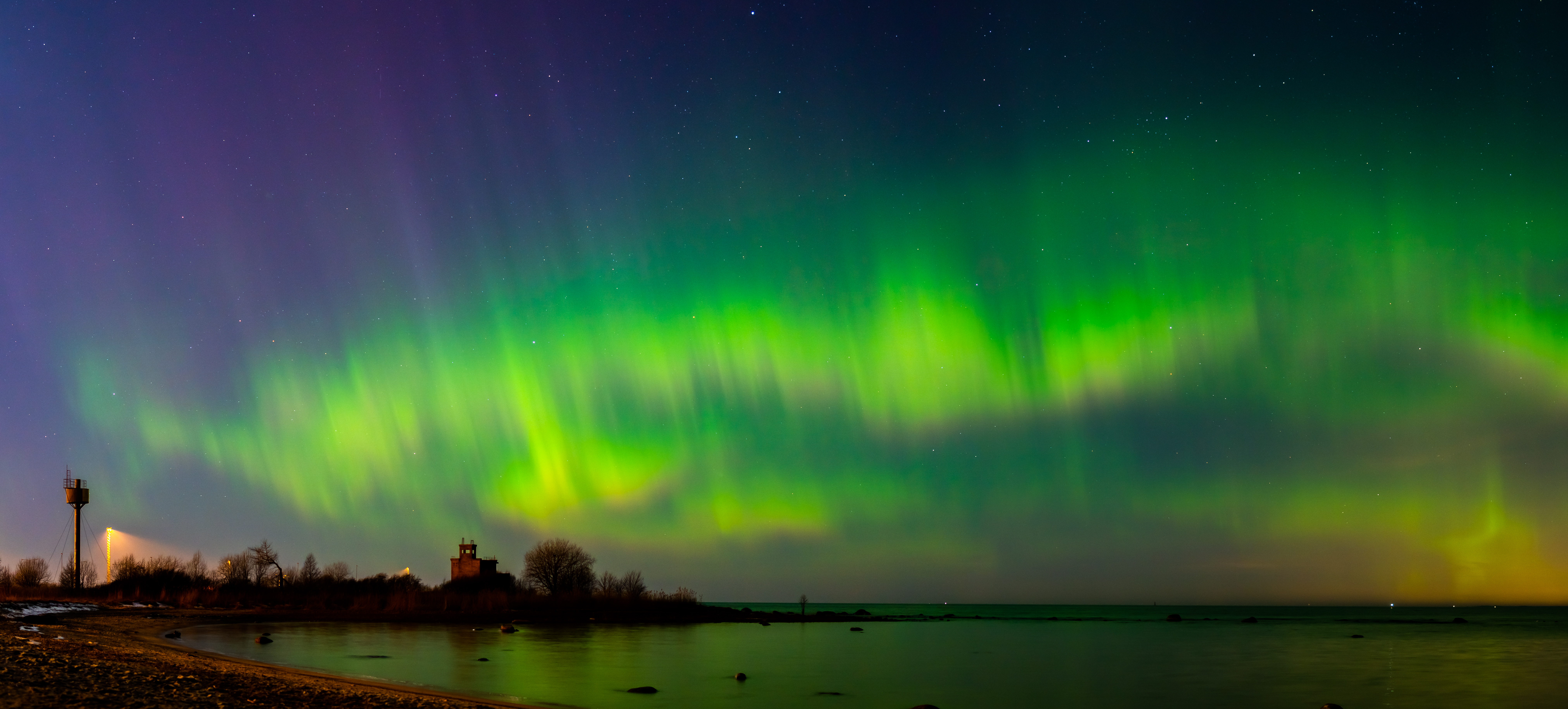10 Amazing Things You Can See From Space Without A Telescope
The universe is a vast expanse, a cosmic canvas painted with wonders that inspire awe and curiosity. While telescopes offer a glimpse into the distant realms of space, many celestial phenomena can be appreciated with the naked eye. From the shimmering auroras to the blazing comets, these sights connect us to the cosmos, reminding us of our place in the universe. This article embarks on a journey through 10 astonishing sights from space, each a testament to the beauty and mystery of the heavens. By exploring these wonders, we deepen our understanding of the universe and our intrinsic connection to it. The night sky has fascinated humanity for millennia, serving as a calendar and a compass. Ancient civilizations used the stars to navigate seas and seasons, weaving myths and legends around constellations. Today, with the proliferation of artificial light, many have lost touch with the celestial panorama. However, these eleven wonders offer an opportunity to reconnect with the night sky, to witness the grandeur of the universe without the aid of telescopes. Each section of this article will delve into a unique phenomenon, unraveling its scientific marvels and cultural significance.
1. The Northern and Southern Lights: Nature's Light Show

The auroras, known as the Northern Lights (Aurora Borealis) in the northern hemisphere and the Southern Lights (Aurora Australis) in the southern hemisphere, are among the most mesmerizing natural phenomena. These dazzling light displays are caused by the interaction between solar winds and Earth's magnetic field. Charged particles from the sun collide with gases in the Earth's atmosphere, resulting in vibrant colors that dance across the sky. The auroras are most visible in regions close to the magnetic poles, such as Norway, Canada, and Antarctica. Beyond their scientific allure, auroras have captivated human imagination for centuries. Indigenous cultures across the Arctic have rich folklore surrounding the lights, often viewing them as spirits or celestial beings. The Sami people of Scandinavia believed the lights were the souls of the departed, while the Inuit saw them as the spirits of animals. Today, the auroras continue to inspire artists and scientists alike, reminding us of the dynamic relationship between our planet and the sun. Witnessing the auroras is an unforgettable experience, a testament to the beauty and complexity of our natural world.